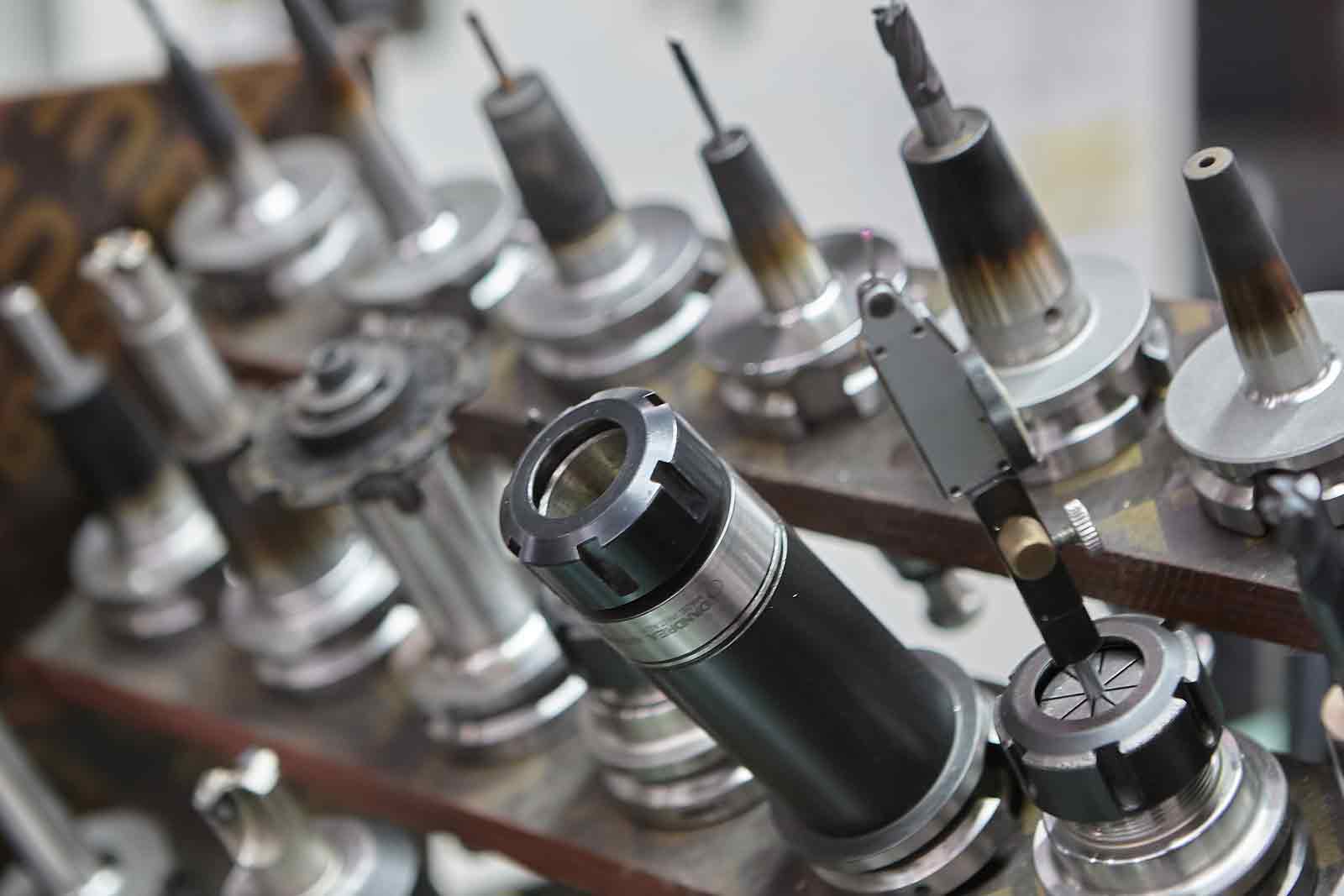
Metal cutting tools are constantly in demand in metallurgy, mechanical engineering and other fields. They are designed to process various materials by removing chips, which allows you to give parts the desired shape, size and surface quality. They are used in turning, milling, drilling and other metalworking machines.
Main types of tools for metal cutting
All metal cutting tools can be divided into two large groups: manual and for installation on machines. The second type is the most effective for metal processing, but in some cases you cannot do without a manual tool to access hard-to-reach places, for example.
One of the most common metal cutting tools, both in terms of simplicity of design and efficiency, is a cutter, which is usually installed on a machine and can be:
- Lathe;
- Mortising;
- Automatic;
- Planing, etc.
Cutters can be solid or composite, they can be installed both directly on machines and on hand tools.
In addition to cutters, the category of "metalworking tools" also includes the following groups:
- Drilling tool (drills) - used to create through and blind holes of a round shape in metal. The drill is the main working tool on a drilling machine, it is also installed on turning and boring equipment. By shape and type, drills are divided into screw, straight, deep drilling, and so on.
- Countersink tool - used to increase the diameter of drilled holes.
- Reamer tool - used to give metal parts a precise shape after drilling and countersinking.
- Milling cutters - used for high-quality and efficient surface treatment. Depending on the purpose, they can be end, disk, cylindrical, angular and other types.
Other types
Less common, but still in demand in certain areas are:
- Piercing and broaching tool - in the form of a rod or plate with teeth for processing the metal surface from the outside and inside.
- Taps - for cutting threads in drilled holes (look like screws with grooves).
- Die tool in the form of calcined nuts for cutting external threads.
- Pinion cutters in the form of a "wheel", used for scraping the surface (finishing metal cleaning).
- Combi tool - is a "several in one" equipment. It can include both a single-type and a multi-faceted tool.
Separately, it is worth noting the tool for metal processing on CNC machines, which differs from the standard in higher quality of manufacture and allows you to manufacture parts with minimal tolerances.
Materials for the manufacture of metal-cutting tools
The efficiency and durability of a metal-cutting tool largely depend on the material from which it is made. The main materials include:
- High-carbon steels: traditional materials widely used to make simple cutting tools such as drills and taps. They have good hardness, but are inferior in wear resistance to more modern materials.
- High-speed steels (HSS): have increased wear resistance and heat resistance, which makes them a popular choice for the manufacture of drills, milling cutters and cutters. These steels can operate at high cutting speeds without losing their cutting properties.
- Carbide materials: include tungsten carbide and cobalt alloys. Carbide tools have high hardness and wear resistance, which allows them to be used for machining hard materials such as stainless steel and titanium alloys. They are especially effective in high-speed cutting conditions.
- Ceramics and composites: used for high-speed machining of materials with high hardness. Ceramic tools are resistant to wear and oxidation, but require careful handling due to their brittleness.
Features of tool selection
When choosing a metal cutting tool, it is important to consider several factors, such as the material of the workpiece, the type of surface being machined, and the requirements for accuracy and speed of machining.
For soft and viscous materials, it is preferable to use tools with sharp cutting edges to prevent burrs and deformations.
For hard and abrasive materials, it is better to choose tools made of carbide or ceramic materials that can withstand high loads and temperatures.
An important aspect is also the type of equipment used - for example, CNC machines require tools with higher standards of accuracy and durability.